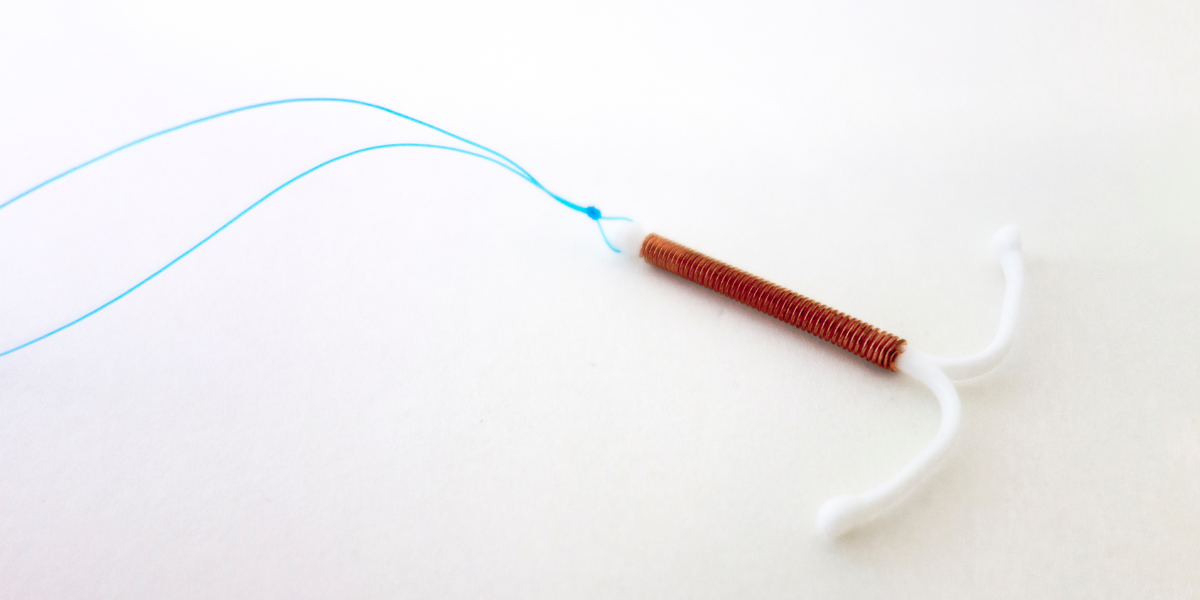A LEEP procedure (loop electrosurgical excision procedure) is usually performed for a patient with cervical abnormality, confirmed by a pap smear or colposcopy, showing a high-grade lesion or moderate to severe cervical dysplasia. This procedure removes the affected area of the cervix and with careful follow up, a patient may not require further treatment. In general, patients with severe dysplasia may be at risk of eventually having cervical cancer, however, some women are able to “clear” the dysplasia without any treatment at all. Because of this, your provider will make recommendations based on several factors including degree of severity as well as your age and future fertility.
A LEEP is a procedure using a very thin wire loop of various sizes that employs a low-voltage electrical current to excise or remove the affected area of the cervix. A LEEP is highly effective for treating cervical dysplasia, but some patients may require a repeat LEEP in the future.
I typically perform this procedure in the office, although depending on a patient’s comfort, it may also be done in an operating room, under general anesthesia. When done in the office, I inject a local anesthetic in the cervix, very similar to the local a patient may receive when having a dental procedure. I use a mixture of anesthesia (lidocaine) and epinephrine. This is important to note as the epinephrine may cause you to feel “jittery” or “shaky”. This is normal and tends to be the most uncomfortable part of the procedure.
Once the anesthetic has taken effect, the actual LEEP is performed. This part of the procedure usually takes less than 5 seconds to remove the affected area and the excised tissue is sent to pathology. The cervix is examined to ensure there is no active bleeding. The cervix may then be cauterized with a small ball cautery and the patient is sent home.
The LEEP specimen is evaluated by pathologist who will analyze the specimen for degree of dysplasia and for clear margins. You will then need close follow-up with your provider.
Complications are rare, but include bleeding, damage to the cervix or incompetency of the cervix in future pregnancies.
Complications
LEEP excisions may lead to cervical incompetence. Cervical incompetence is a condition where the cervix is compromised, leading to inappropriate dilation in a future pregnancy. This concern is why LEEPs are performed judiciously in women who may ultimately want to conceive. However, depending on the severity of the disease, a LEEP may be indicated regardless of fertility concerns. When I have a patient who may want to conceive, I attempt to remove as little of the cervix as possible, but still ensure that I have removed the concerning area. Once pregnant, patients who have previously had a LEEP are screened with ultrasounds of the cervical length, typically every two weeks from 16 weeks to 24 weeks to ensure an appropriate length.
If the cervix appears to be shortened to a great degree, a cerclage, or cervical stitch, may be recommended.



